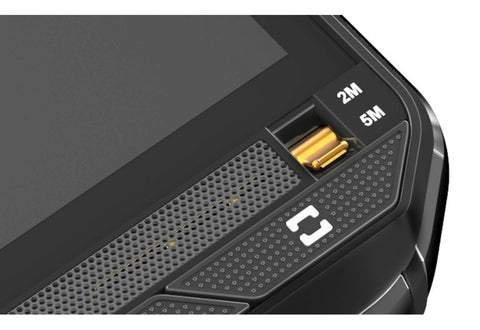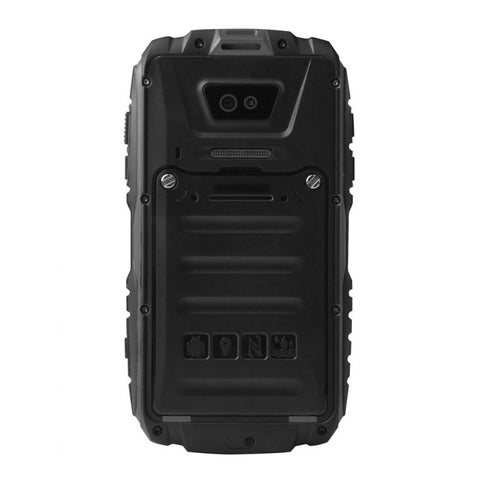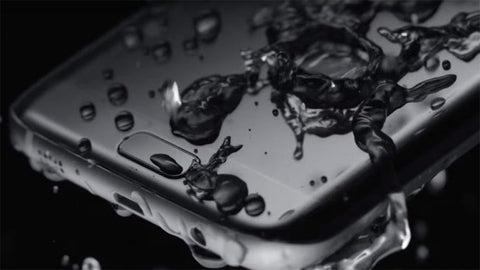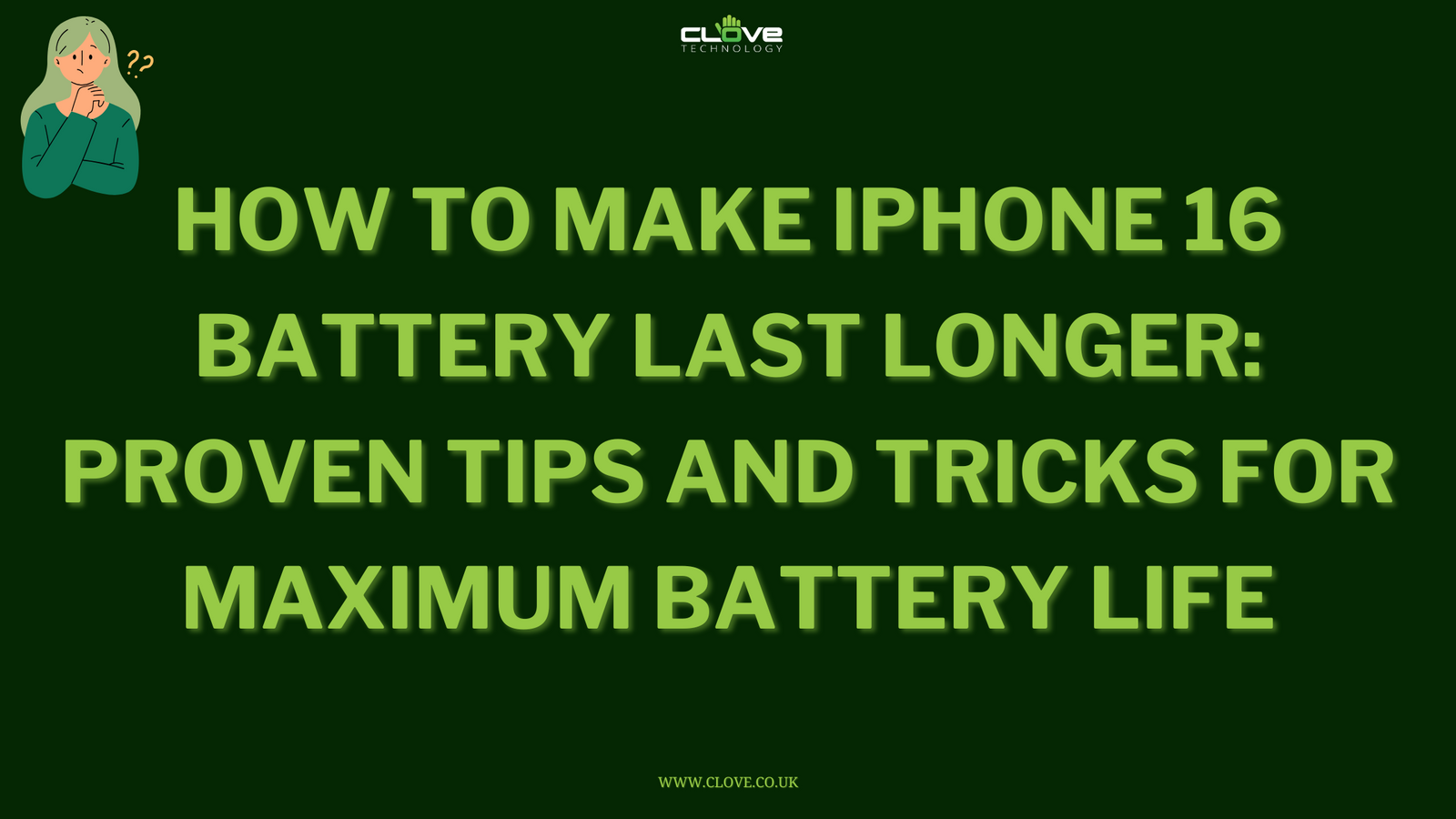A breakdown of IP ratings and what these numbers mean

When looking at a new smartphone or other items you may have seen an IP rating advertised: IP67, IP68, IP57 or IP58.
IP stands for Ingress Protection. The numbers denote how well a product is resistant to solid objects/particles and liquids.
The first digit is in the range 0-6 and the second ranges from 0-8 (with a new “9K” added in recent years). Most smartphone products advertised as rugged will have the 57, 58, 67 or 68 categories. Others are still fairly common.
An ‘X’ can be substituted for one of the digits if there is only one class of protection; i.e. IPX4 would address splashed water resistance only – the product may not have been specifically tested for solid objects or particulates.
The first digit recognises the mechanical protection:

The second digit illustrates the level of water ingress protection:

There is also an additional “9K” rating for water ingress. If this is specified, then the device is protected from high-pressure cleaning or steam jets. Very few phones offer this level of protection, however, the Cat S61, released in July 2018 is one such device.
When putting together these ratings indicate how well the device is protected from foreign bodies and water.

For example, the consumer-oriented Samsung Galaxy S7 and S7 Edge are rated as IP68, along with several rugged phones by manufacturers such as Cat.
Some older phones or wearables may have lower ratings such as IP54 or IP55. This means they can withstand splashes and rain but the design does not protect from complete immersion or severely dusty environments.
The difference between 7 and 8 on the liquid scale is subtle but important. 7 is “Protection against immersion” whereas 8 is against “complete, continuous submersion”.
Immersion could be considered a quick drop into a body of water such as a puddle or toilet bowl. Where there is an x8 rating, you can leave the phone underwater for a continued time. You’ll often see adverts that describe up to 2 metres for 30 minutes.
Port covers and coated electronics

A cheap way to offer an IP rating is to cover sensitive areas with rubber plugs and seals. This includes charging ports and headphone sockets. Invariably these covers create the required rating but can be frustrating if you have to regularly pop them open.
Newer (and generally more expensive) IP rated phones have opted to cover sensitive areas with a water-resistant (hydrophobic) coating.
You’ll see this on the newer consumer-oriented phones from Samsung and Sony where the design and fashion of the phone are important. You can also buy these yourself in the form of Crystalusion Liquid Glass.
More trades-oriented phones from Cat, DeWalt and Defender tend to use rubber seals or screw in plastic. These are less likely to fail in extreme conditions. Nano-coated ports also need to dry before using them safely.





